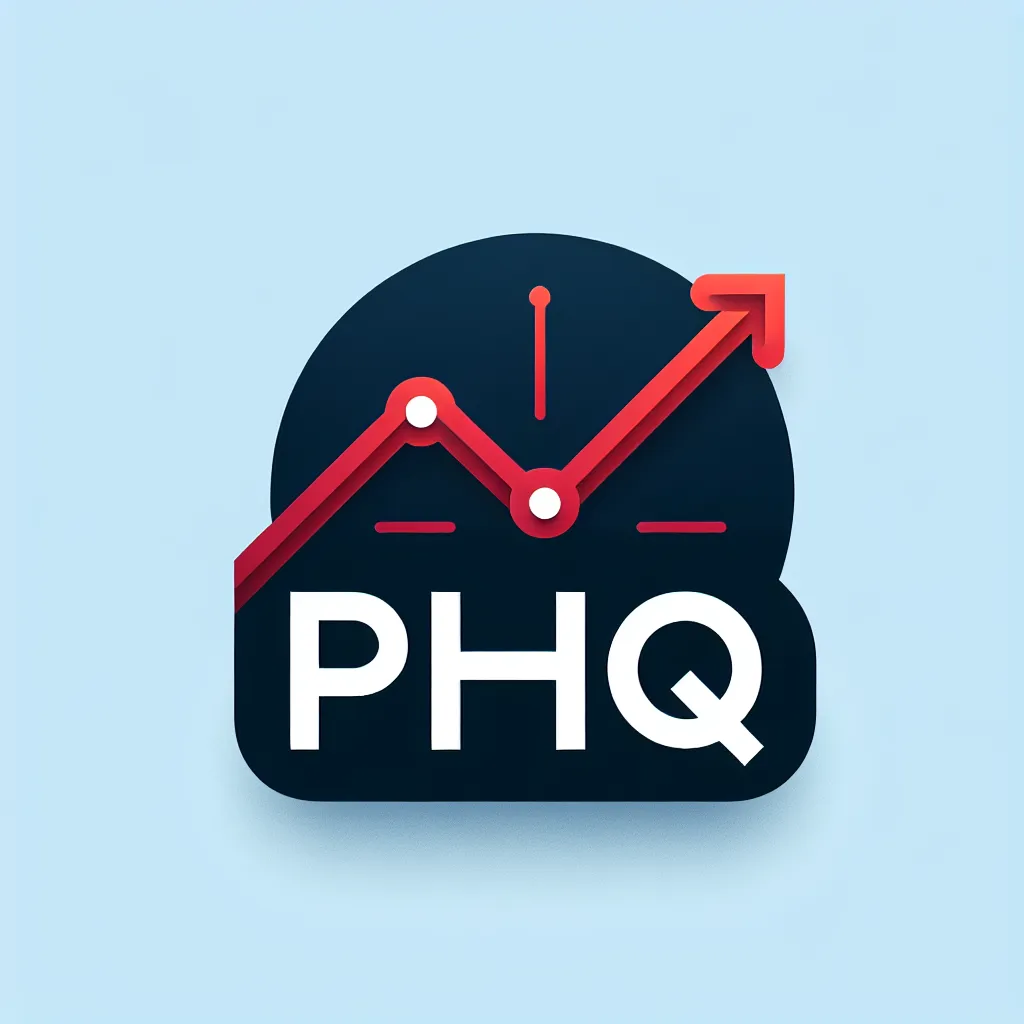How it Works


The Role of the Periodontal Health Quotient (PHQ) in Managing Gum and General Health.
How it works.
Periodontal disease, affecting the gums and the supporting structures of the teeth, is a prevalent health issue worldwide. Not only is it one of the primary causes of tooth loss in adults, but it also has potential links to systemic diseases, such as cardiovascular diseases and diabetes. In response to the critical need for better management tools in dental health, Dr. John Burch of Mountain View, California, developed an innovative solution known as the Periodontal Health Quotient (PHQ). This essay explores the concept of the PHQ, its application in dentistry, and its broader implications for general health management.
Introduction to Periodontal Health Quotient (PHQ)
The PHQ is a digital tool designed to quantitatively evaluate a patient's gum health using a specific set of criteria. Dr. John Burch created this to assist dentists in making more informed decisions regarding the treatment and follow-up scheduling tailored to individual needs. By converting complex clinical observations into a simple numerical score, the PHQ provides a clear, objective, and reproducible measure of gum health.
Functionality of PHQ
Quantitative Assessment
The core functionality of the PHQ lies in its ability to take numerous variables related to gum health, such as pocket depth, gum recession, bleeding on probing, and clinical attachment loss, and amalgamate them into a single, comprehensive score. This score, or quotient, helps categorize the severity of periodontal disease, ranging from healthy gums to advanced periodontitis.
Customized Treatment Planning
Using the data derived from the PHQ, dentists can tailor treatment plans that are specifically suited to the severity of each patient's condition. This personalized approach ensures that patients receive neither under-treatment nor over-treatment but instead receive the exactly required intervention.
Recall Simulation and Schedule Optimization
One of the groundbreaking aspects of the PHQ is its capacity to calculate precisely when a patient should return for follow-up care, potentially down to the day. This is a significant advancement over the traditional method of scheduling follow-ups at arbitrary intervals, such as every six months, which does not consider individual patient needs and risks.
Managing Gum Health with the PHQ
Effective periodontal management is crucial not only for maintaining oral health but also for preserving overall health. The PHQ enhances the management of gum health in the following ways:
Early Detection and Prevention
Regular use of the PHQ allows for the early detection of periodontal issues before they escalate into severe problems. By tracking changes in the PHQ score over time, dentists can identify negative trends in gum health and intervene early, thereby employing preventive measures rather than purely reactive treatments.
Progress Monitoring
Continuous monitoring of the PHQ score over subsequent visits helps in assessing the effectiveness of the prescribed treatment and hygiene practices recommended to the patient. It provides a structured track record that can be easily interpreted and shared, fostering better patient-dentist communication.
Implications for General Health
Research has increasingly indicated connections between periodontal health and systemic health. Conditions such as heart disease, stroke, Alzheimer's disease, diabetes, cancer and respiratory conditions have been associated with the health of gums. By managing periodontal health effectively through tools like the PHQ, these conditions can be much less severe.
Reduction in Systemic Inflammation
Chronic periodontitis is characterized by an inflammatory response that not only affects the mouth but can also have systemic implications. Effective management of periodontal disease can reduce this inflammatory burden, potentially mitigating the impact on other conditions exacerbated by inflammation.
Improved Management of Medical Conditions
For patients with chronic diseases such as diabetes, meticulous management of periodontal health can contribute to better overall disease control. For instance, decreasing periodontal inflammation can help improve glycemic control in diabetic patients.
Conclusion
The introduction of the Periodontal Health Quotient by Dr. John Burch represents a significant advance in dental medicine, particularly in the management of gum health. Its ability to provide a precise, customized, and scientifically sound assessment of periodontal health not only improves oral health outcomes but can also have a beneficial impact on overall health. As such, the PHQ is a pioneering tool that exemplifies the integration of digital technology in healthcare, promising improved patient outcomes through personalized care and precision medicine. By addressing periodontal disease effectively and proactively, we can take a significant step towards enhancing systemic health and improving the quality of life for many patients.
The Periodontal Health Quotient System
www.periodontalhealthquotient.com